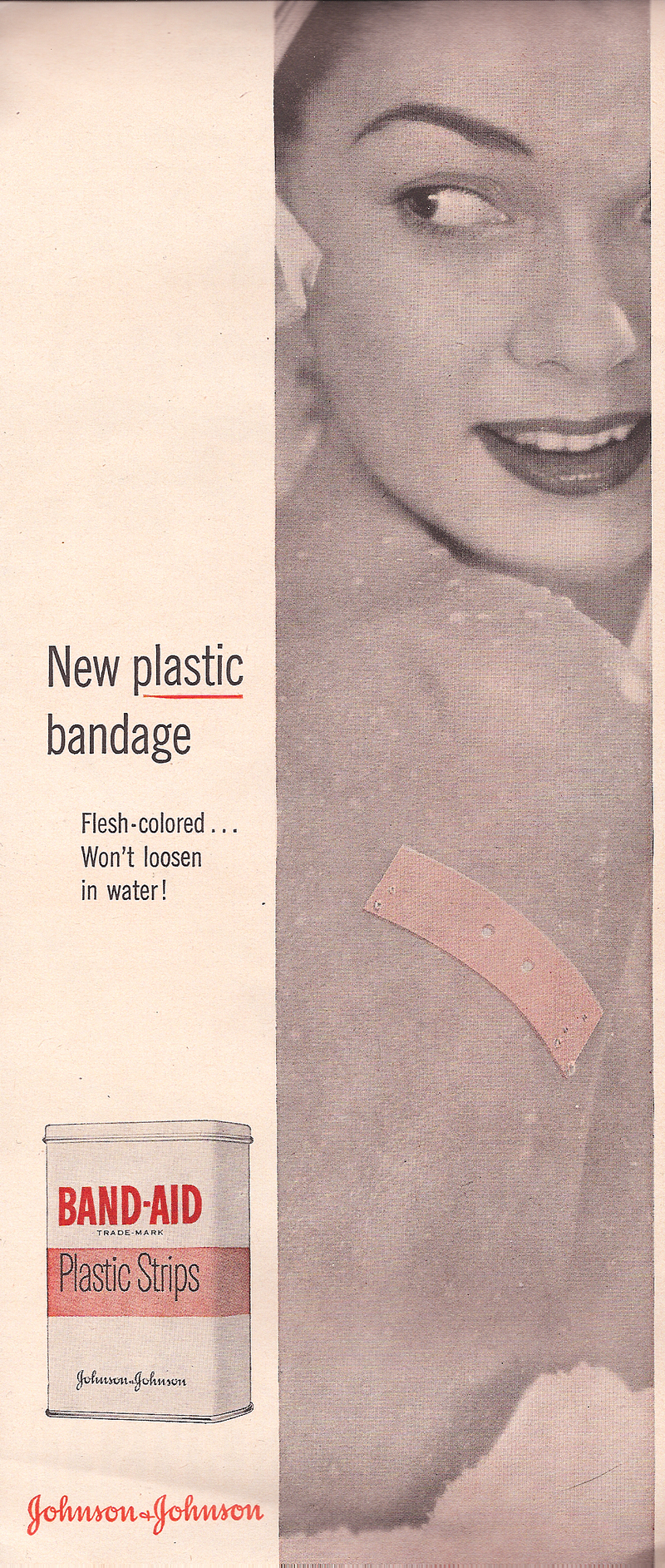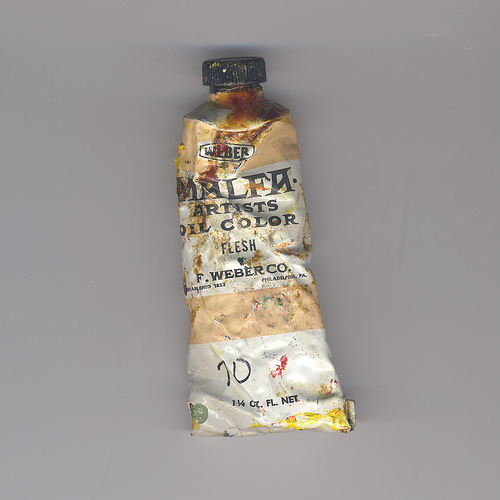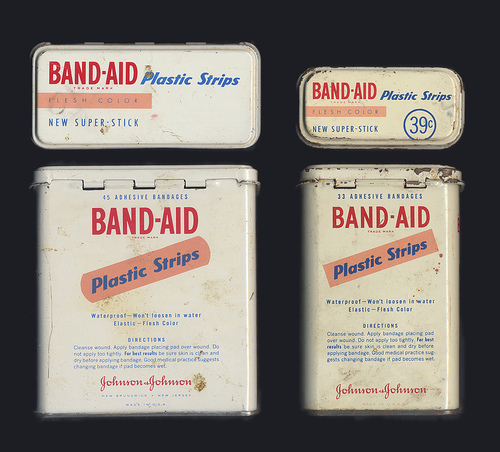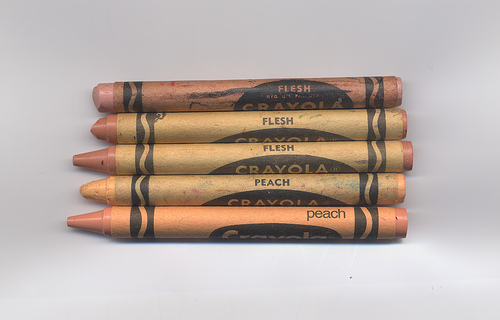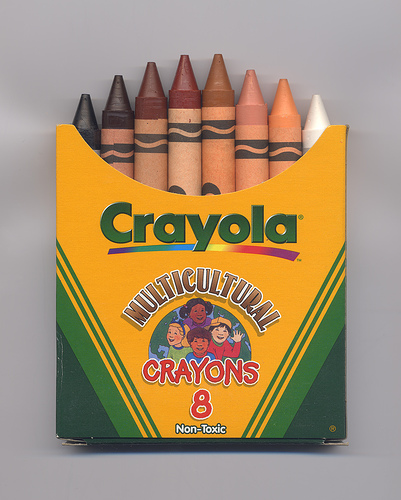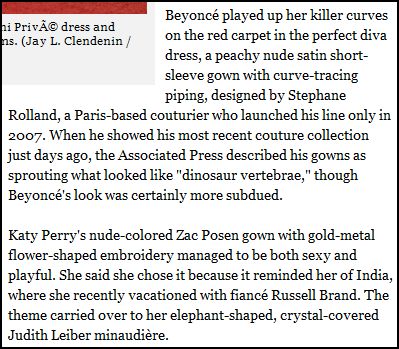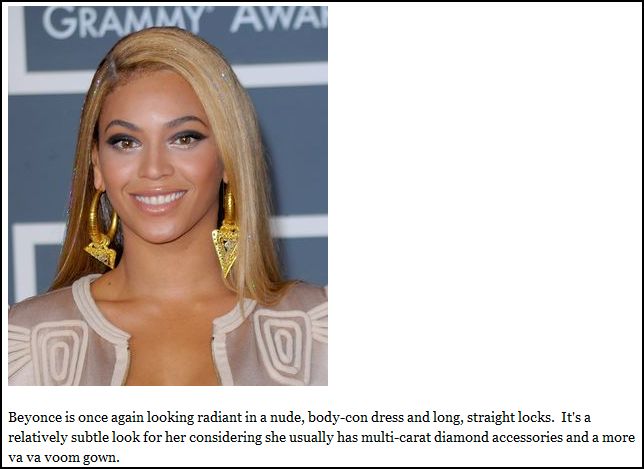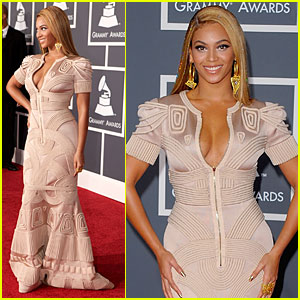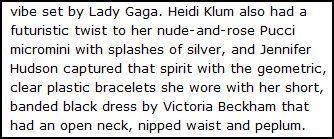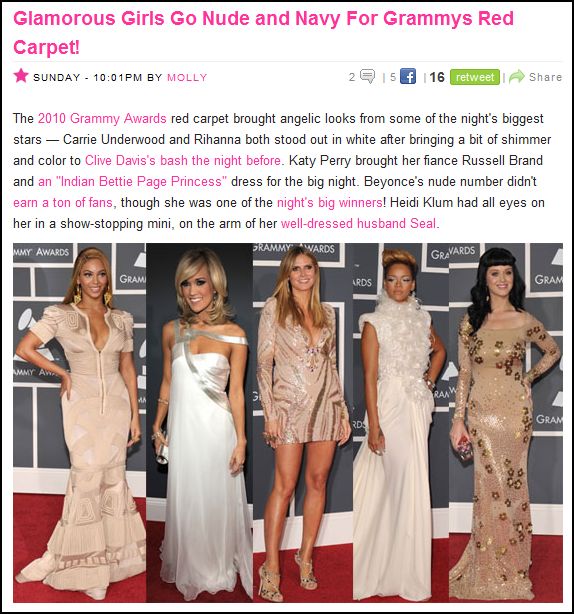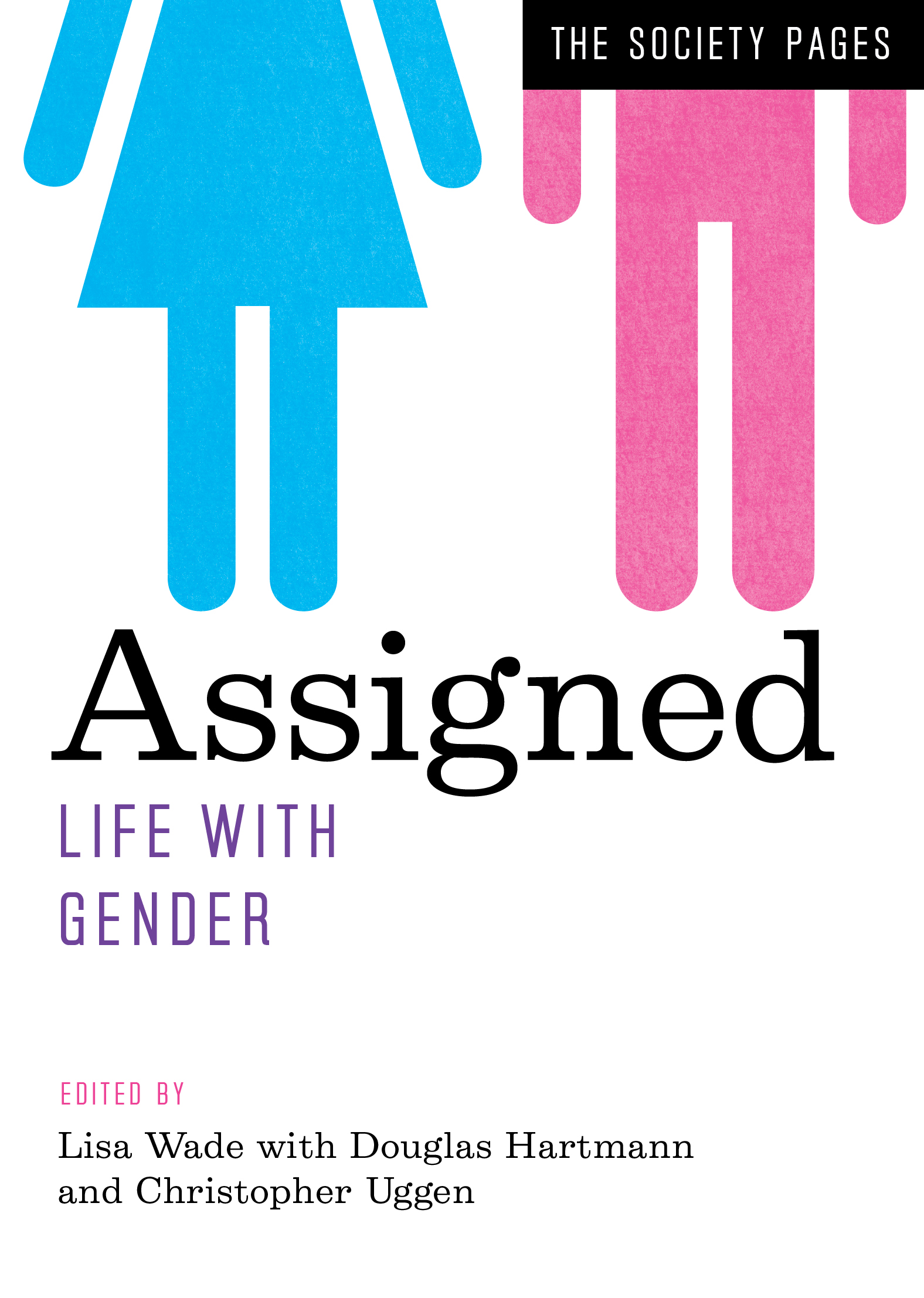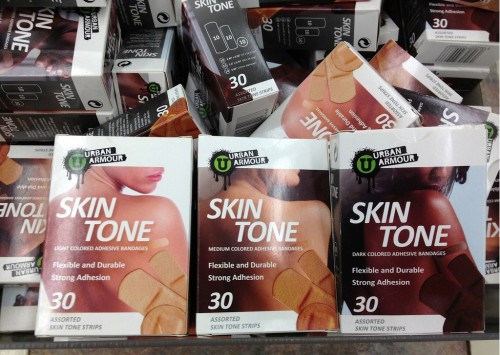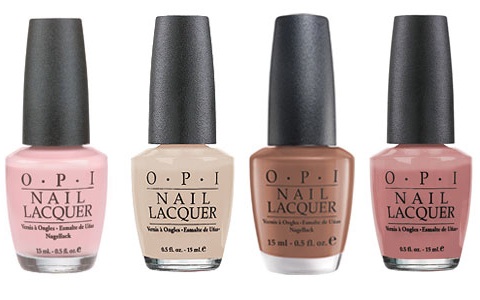Two new submissions inspired me to revive this post from 2008.
Part of the privilege of being white is having a society that considers you the norm and is, therefore, organized around you. A really nice example of this is “flesh” color. What is flesh color?
Ben O. sent us this 1952 ad for bandaids (from Vintage Ads)
The next set of images come from Nathan Gibbs’ flickr photostream:
A lot of companies have gotten a clue. Crayola doesn’t have flesh color anymore (or so I’ve heard, let me know if I’m wrong). And now they make “multicultural crayons.” Though, Nathan notes:
It’s interesting how “culture” here is a substitute for “race.”
“White” skin is still taken-for-granted in many products. Here are a couple examples I’ve collected (found here and here):

Perhaps trying to walk the line, EcoPencil has a “light flesh” color, but no other flesh colors to choose from (sent in by kelebek in Australia):
Caroline observed that Breathe Right not only centers whiteness in their logo…
…but calls white skin “normal” (see second-to-bottom line):
For more examples, see our posts on (the irony of) Michelle Obama’s champagne-colored described as “flesh-colored”, the widespread use of such language to describe light tan in the fashion world, and lotion marketed as for “normal to darker skin.” See also our Contexts essay on race and “nude” as a color.
For contrast, see this post about how the generic human in Russian cartoons is colored black instead of white.
Lisa Wade, PhD is an Associate Professor at Tulane University. She is the author of American Hookup, a book about college sexual culture; a textbook about gender; and a forthcoming introductory text: Terrible Magnificent Sociology. You can follow her on Twitter and Instagram.

